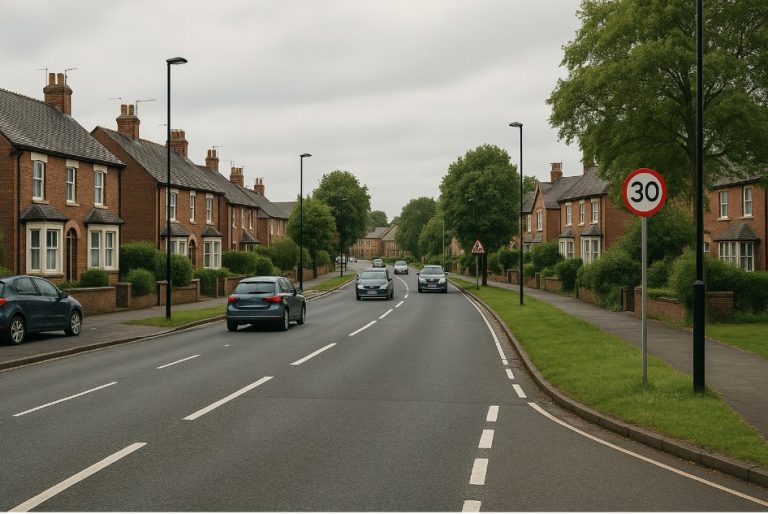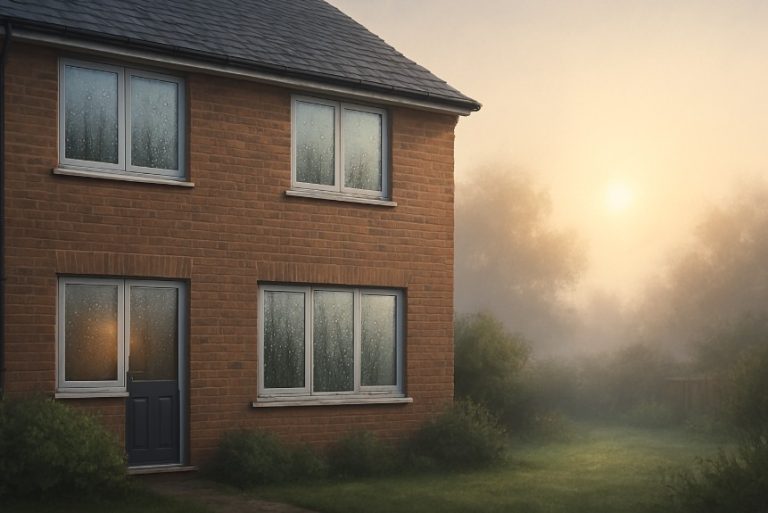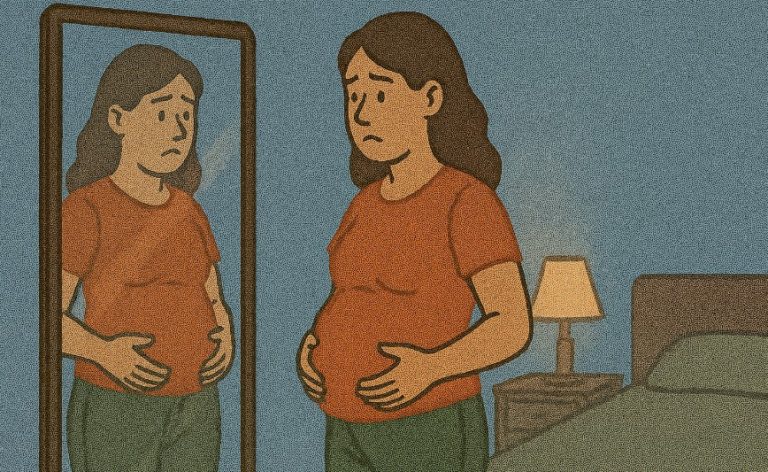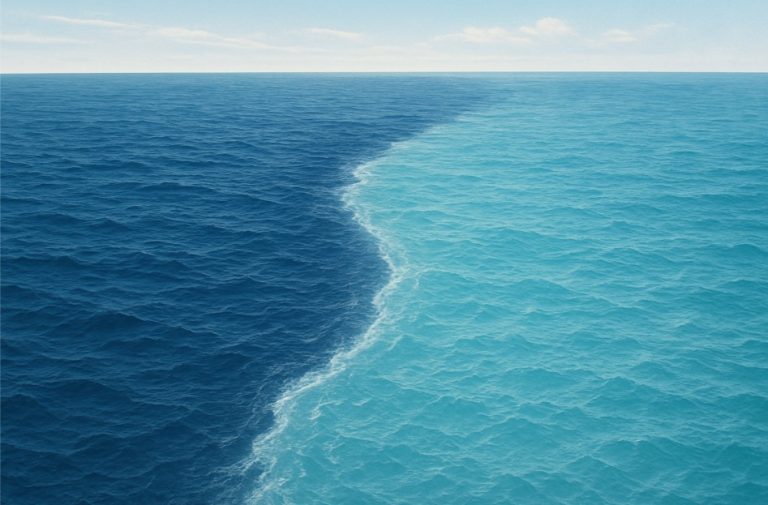Cannabis, also known as weed, marijuana, or hash, has long been the subject of debate, controversy, and reform. While widely used today for both medical and recreational purposes, its illegal status in the UK has roots in global politics, cultural shifts, and misinformation.
Understanding why weed was made illegal requires a deep dive into its ancient origins, its rise and fall in Western medicine, and the socio-political forces that shaped modern drug laws.
What Were the Early Uses of Cannabis and Its Cultural Significance?
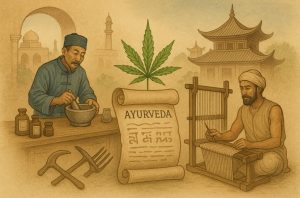
The history of cannabis stretches back over 4,000 years, with its earliest recorded use appearing in ancient civilisations such as China, India, and regions of the Middle East. In these cultures, cannabis was not only used for industrial purposes like making rope and textiles from hemp but also played a vital role in traditional medicine.
In ancient China, cannabis was prescribed for conditions such as malaria, constipation, and rheumatism. Meanwhile, in India, it formed a part of Ayurvedic healing practices, valued for both its therapeutic and spiritual applications.
The compound THC (tetrahydrocannabinol) is responsible for cannabis’s mood-altering properties, a fact not scientifically confirmed until modern times. Nevertheless, the intoxicating effects of the plant were well known long before this discovery.
In the 1830s, Irish physician William Brooke O’Shaughnessy introduced cannabis to the British medical community after observing its uses in India. Even Queen Victoria was prescribed cannabis to relieve menstrual pain. By the late 19th century, it could be freely purchased in pharmacies across the UK and the US.
However, the invention of the syringe marked a turning point. Cannabis, unlike many emerging medicines, could not be injected as it isn’t water-soluble.
Drugs that could be administered via injection and took faster effect soon dominated the medical landscape. Add to that the rising popularity of aspirin, and cannabis quickly fell out of medical favour in the West.
How Did Anti-Marijuana Sentiment Begin?
The early 20th century saw growing international scrutiny of psychoactive substances, and cannabis began to attract negative attention, particularly in the United States. American anti-cannabis campaigns, led by individuals like Harry Anslinger, were often driven by racism, xenophobia, and media sensationalism.
Cannabis use was associated with Mexican immigrants, African-American jazz musicians, and other marginalised groups. It was accused of inciting criminal behaviour and moral decay, despite lacking credible scientific evidence.
The 1936 propaganda film Reefer Madness, originally commissioned by an American church, portrayed cannabis users as deranged and violent. While laughable today, it profoundly influenced public opinion and legislative action at the time including the Marihuana Tax Act of 1937, which effectively criminalised cannabis in the U.S.
Why Did the United States Criminalise Cannabis?
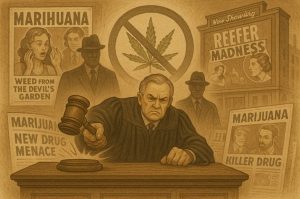
The Marihuana Tax Act of 1937 imposed strict regulations and taxes on cannabis, making it nearly impossible to use or prescribe legally. This law set the precedent for decades of harsh anti-cannabis policy.
In the 1970s, President Nixon’s War on Drugs led to the classification of cannabis as a Schedule I drug under the Controlled Substances Act defining it as having no accepted medical use and a high potential for abuse. This was a politically motivated decision, often used to target minority communities and counterculture movements.
Why Did the UK Follow the US in Banning Cannabis?
The UK followed a similar path to the U.S., albeit with its own unique political motivations. Initially, British delegates opposed cannabis criminalisation during League of Nations discussions, citing the economic importance of hemp to the British Empire.
However, at the 1925 International Opium Convention, an Egyptian delegate persuaded other countries that cannabis was as dangerous as opium. By 1928, the UK bowed to international pressure and added cannabis to the Dangerous Drugs Act, effectively making it illegal.
The shift was not based on domestic health concerns, but rather on fear of social unrest and the desire to align with global allies on drug control. The 1920 Dangerous Drugs Act, originally targeting opiates, was amended to include cannabis as part of the UK’s commitment to the Convention.
What Have Been the Social, Racial, and Economic Effects of Cannabis Laws?
From the 1950s onwards, recreational cannabis use in the UK became more visible, particularly among Caribbean migrants and white jazz musicians in Soho. The first drugs bust occurred in 1952 at the Number 11 Club in London.
As cannabis became associated with youth rebellion and counterculture in the 1960s, the UK government responded with stricter laws. Despite the 1968 Wootton Report stating that cannabis use was not linked to violence or psychosis, the drug remained illegal.
The impact of these laws was not felt equally. Black and ethnic minority groups were and continue to be disproportionately targeted under stop-and-search powers and cannabis-related arrests.
Economically, the hemp industry once a cornerstone of British agriculture — suffered due to cannabis prohibition. Meanwhile, other industries, such as alcohol and tobacco, faced far less regulation despite their proven harm.
Why Was Medical Marijuana Banned and What Changed?
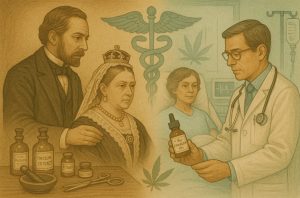
While medical cannabis was accepted in the 19th century, its use declined sharply in the 20th due to changes in medical technology and political attitudes. It was formally banned in 1971 under the Misuse of Drugs Act, along with other psychoactive substances.
However, the turn of the 21st century saw a resurgence in interest, driven by patients and advocates who highlighted the drug’s benefits for chronic pain, epilepsy, and other conditions.
In 2018, following public outcry over child epilepsy cases, the UK government legalised cannabis-based medicinal products under strict guidelines.
What Are the Key Events in the History of Cannabis Criminalisation?
| Year | Event | Description |
| 1830s | Cannabis introduced to UK medicine | William O’Shaughnessy promotes its use after studying in India |
| 1920 | Dangerous Drugs Act | First major drug legislation in the UK |
| 1928 | Cannabis added to legislation | Follows Egypt’s push at the Geneva Convention |
| 1937 | US Marihuana Tax Act | Introduces near-total ban on cannabis |
| 1968 | Wootton Report | Concludes cannabis is not especially harmful |
| 1971 | Misuse of Drugs Act | Official classification of cannabis as a Class B drug |
| 2004 | Downgraded to Class C | Following recommendations from the Advisory Council |
| 2009 | Re-upgraded to Class B | Reversal amid public concern and media pressure |
| 2018 | Medical use legalised | Requires specialist prescription |
| 2020 | Petition for legalisation | Government response opposes recreational reform |
Is the Legal Status of Cannabis Changing in the UK and Worldwide?
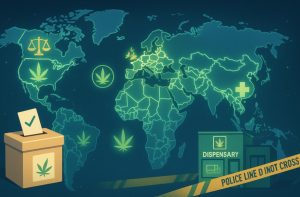
Globally, the tide is shifting. Countries like Canada, Uruguay, and parts of the United States have legalised recreational cannabis. Others, like the Netherlands, have opted for decriminalisation and controlled sale via coffee shops.
In the UK, medical cannabis is legal, but tightly regulated. Possession without a prescription remains a criminal offence, carrying up to five years in prison, while cultivation or supply can result in 14 years.
Political parties such as The Green Party and Liberal Democrats have voiced support for recreational legalisation, proposing licensed outlets, regulated potency, and tax benefits.
What Can We Learn from the History of Cannabis Prohibition?
The journey of cannabis from ancient medicine to outlawed drug is marked by fear, misinformation, and political motives. Unlike alcohol, which remains legal despite high addiction and mortality rates, cannabis was banned based on moral panic and racial prejudice.
Cultural norms play a role. Alcohol, ingrained in British society through history and tradition, is seen as socially acceptable. Cannabis, linked to immigrant cultures and youth movements, has faced institutional resistance.
The decision to criminalise or legalise a substance is not purely scientific. It’s shaped by economics, politics, and public perception — and these are evolving rapidly.
Frequently Asked Questions
When did the UK first ban cannabis?
Cannabis was banned in 1928 after international pressure from the League of Nations’ conference in Geneva.
Was cannabis always seen as a dangerous drug?
No. It was widely used in medicine and was even consumed by members of the Royal Family before becoming politicised.
What role did racism play in making cannabis illegal?
Early cannabis laws were heavily influenced by racially motivated propaganda, particularly in the United States.
How has cannabis law changed in the UK over time?
From the 1920s to 2020s, laws have shifted based on politics, not science with sporadic reforms and reversals.
Is there evidence supporting cannabis prohibition?
Much of the legislation lacked evidence. The 1968 Wootton Report even stated cannabis wasn’t causing societal harm.
What is the difference between hemp and marijuana in law?
Hemp contains negligible THC and is used industrially, but still faces restrictions due to its association with cannabis.
Could cannabis become fully legal in the UK?
It’s possible. Political and public support is growing, but current government policy remains opposed to full legalisation.

